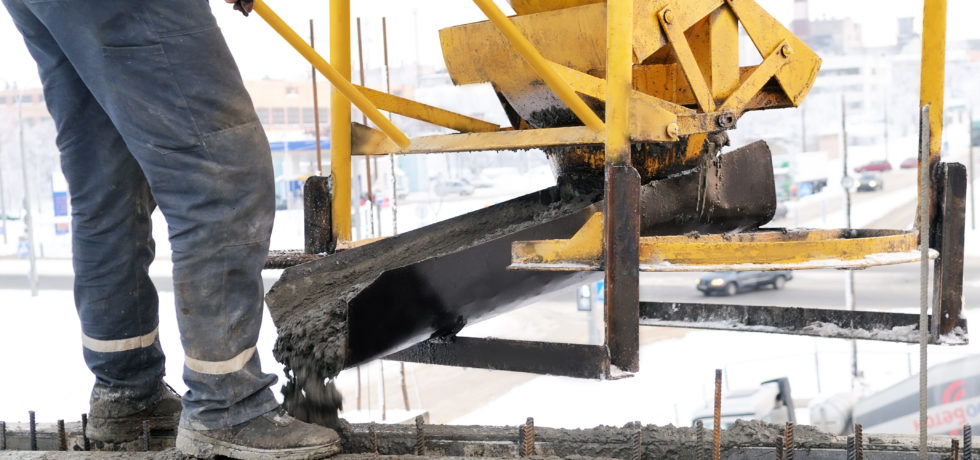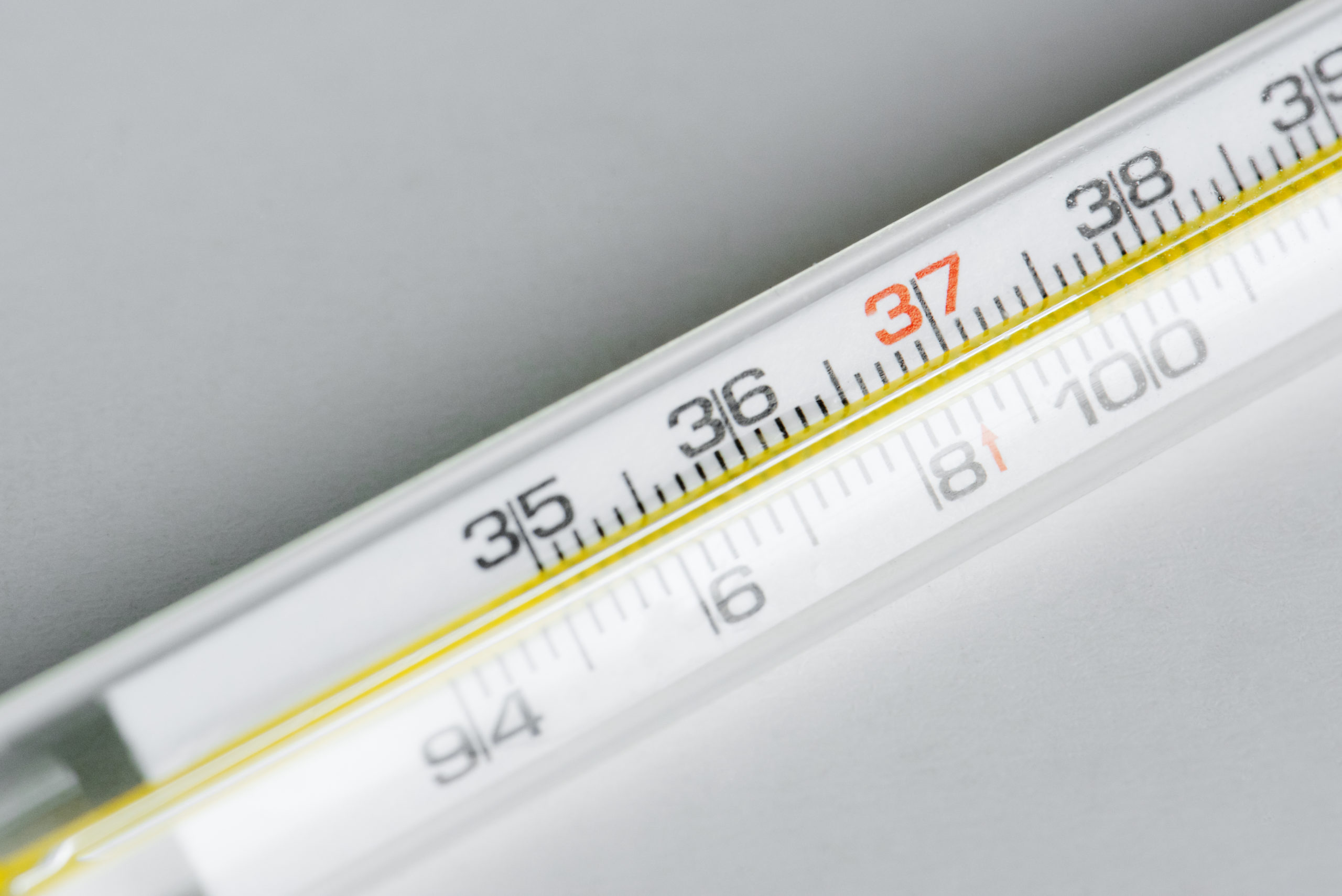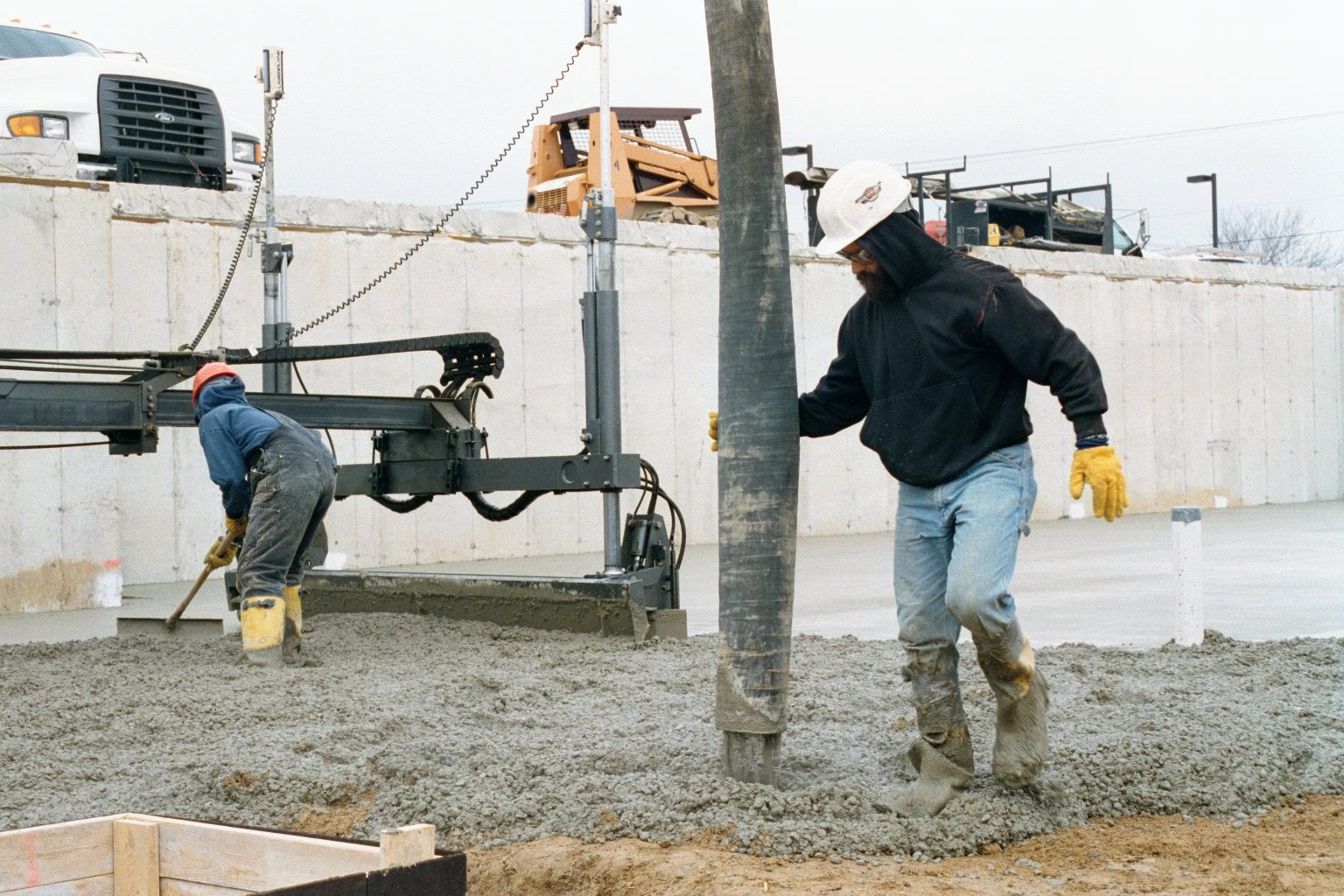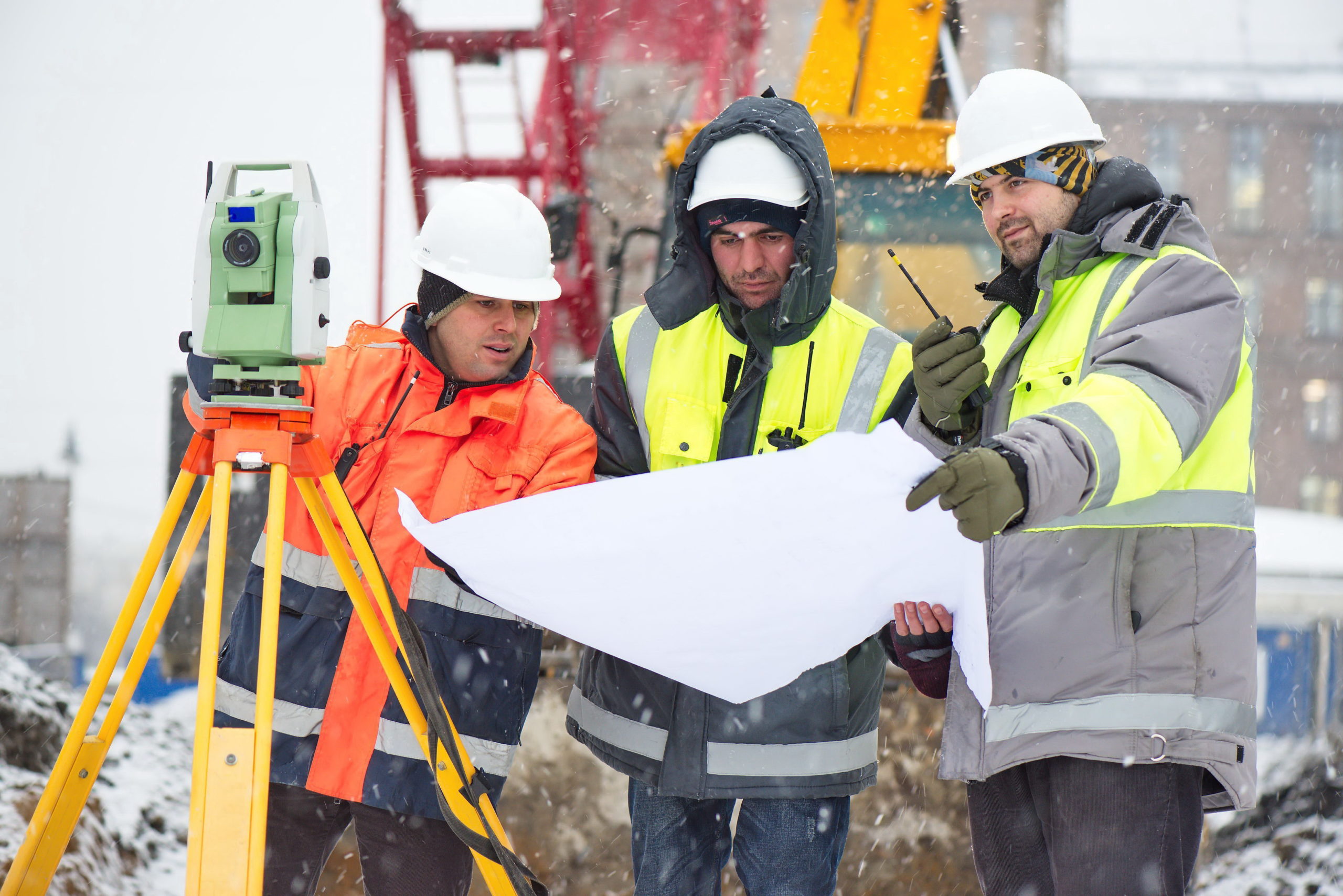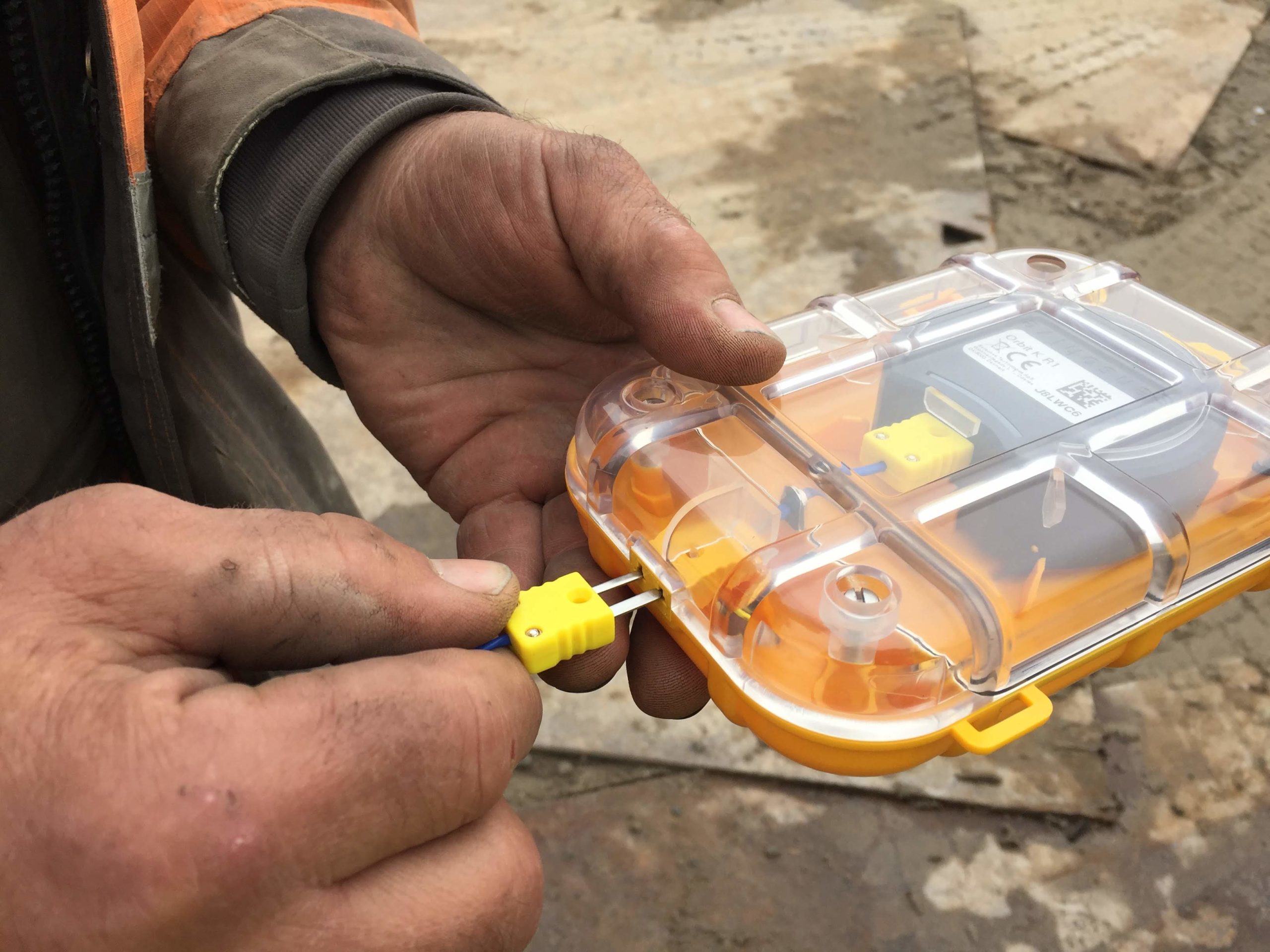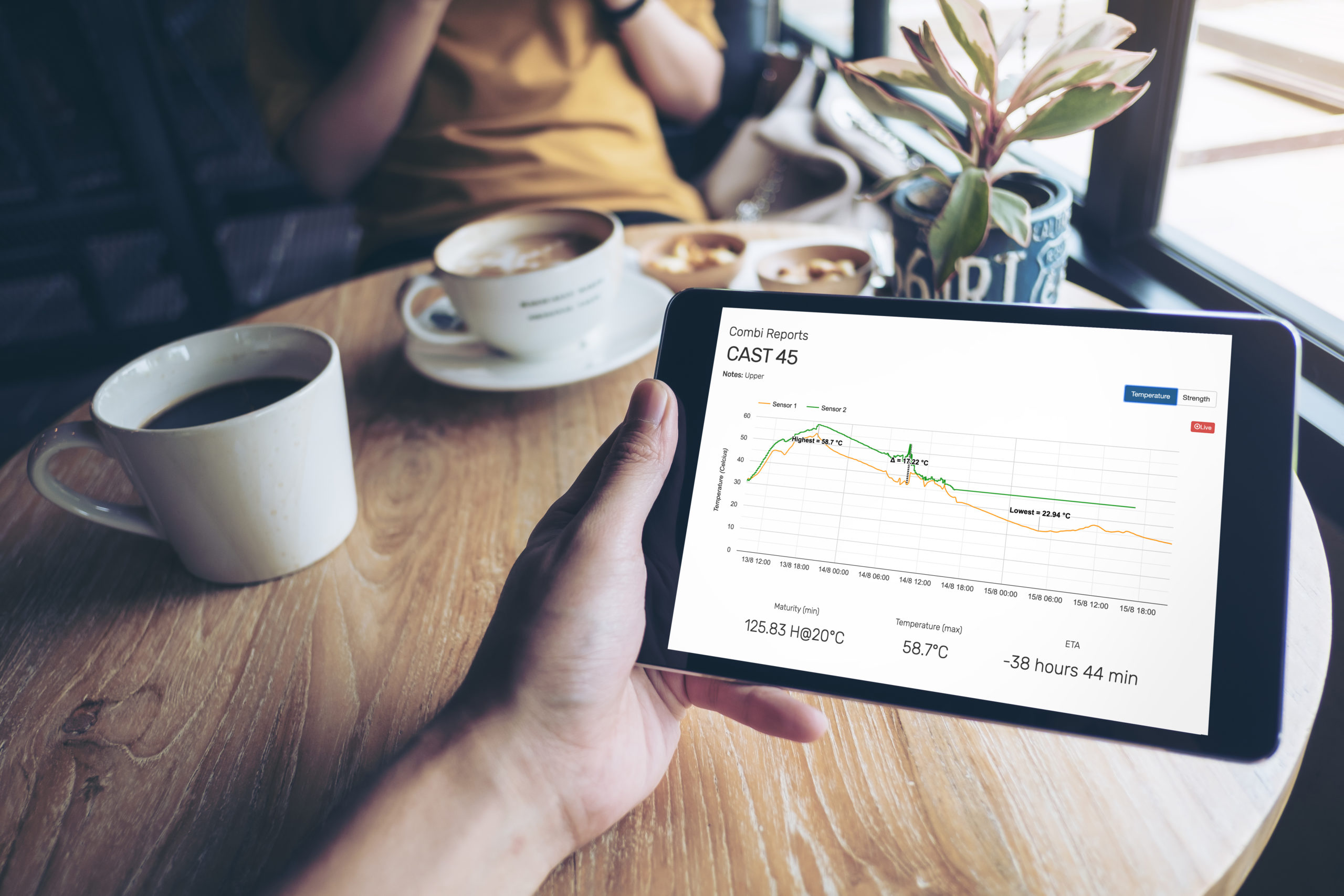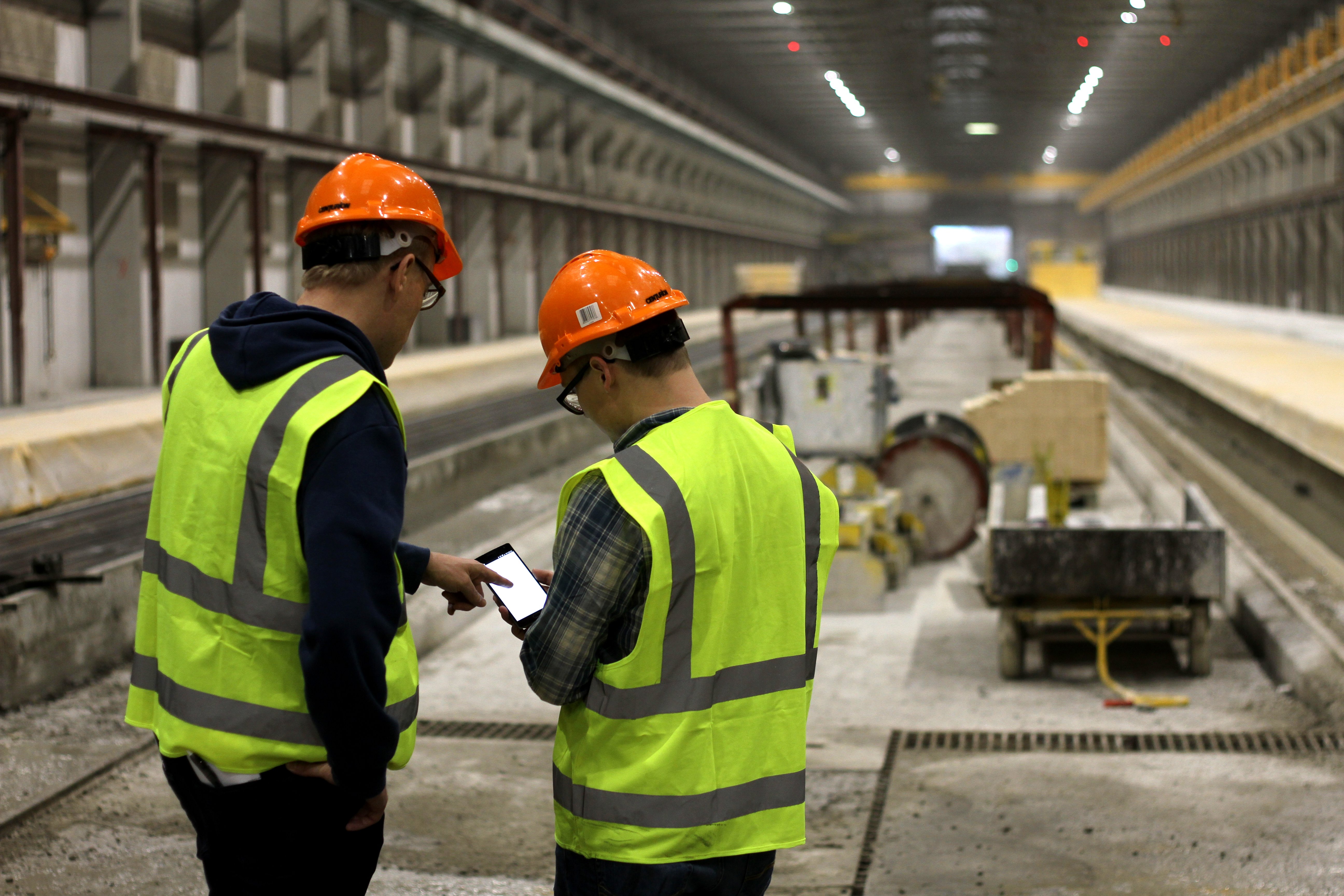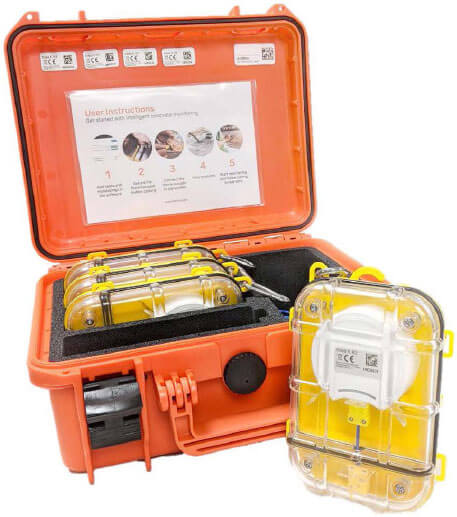Category
- Concrete Best Practices
- Concrete Sensors
The weather conditions at a jobsite are ever-changing. As a result, the construction work within its borders might experience hot or cold temperatures, strong or still winds, and dry or humid air.
All of which have an impact on the curing and strength development of concrete. They also affect the actual conditions at a jobsite. That can alter them significantly from the expected conditions you might find from thermal simulations or assessments from concrete specimens stored and tested in a laboratory.
However, you need to prepare for these variations. Otherwise, they can catch you off guard and negatively impact your concrete’s performance. To avoid that, consider the following questions.
1. How Is Temperature Connected to Concrete Development?
Temperature greatly affects the speed at which concrete cures. A low concrete temperature causes significantly slower strength development. And if the concrete freezes while it is still fresh or before sufficient strength has been achieved, the results are an irreversible loss in strength (reducing up to 50% of the concrete’s final strength).
Nonetheless, concrete construction can still take place during cold weather conditions, even in harsh winters. But you need special practices, proper protection, and precautions in place to handle cold weather concreting.
2. What Is Cold Weather Concreting?
The American Concrete Institute (ACI) currently defines the conditions of cold weather concreting to exist as follows.
When the air temperature has fallen to, or is expected to fall below, 40°F (4°C) during the protection period. The protection period is defined as the time recommended to prevent concrete from being adversely affected by exposure to cold weather during construction.
3. Why Is It Important to Monitor During This Phase?
At this time, there are two potential situations that can pose a risk to the strength and durability of your concrete. The first is when there is too large a differential temperature between the concrete and the ambient air. And the second is when the concrete freezes and ice formations disrupt its cement paste matrix due to the expansion of water. Both of which can be more easily managed by ensuring you’re able to continuously monitor your concrete’s temperature.
Of course, to complicate matters, the low concrete temperature from wintery weather extends the time required for the concrete to set and slows the overall strength development. As a result, workers and equipment must be available for the project for a longer period. That can be a costly affair if you don’t have the right monitoring equipment to speed up your work process.
You’ll also want monitoring equipment to make sure you stick to your desired cold weather concreting specification. Depending on what it is, you may have to prevent the concrete temperature from going below a specified value during placement and curing. You may also need to keep the differential concrete temperature within a set limit, such as 60°F (15°C). And specifications may also demand that your concrete’s temperature is controlled and monitored during early-age curing and when the formwork is removed.
Currently, many contractors rely on traditional data loggers to help them with these activities. But more and more are starting to use smarter monitoring systems, such as the Maturix® Smart Concrete® Sensors.
4. How Does Real-Time Concrete Monitoring with Maturix® Help?
Unlike data loggers, these sensors continuously monitor your concrete’s temperature and strength as they develop. They then wirelessly transmit data to any digital device that has access. This is done by placing sacrificial thermocouple wires in the concrete and connecting them to the reusable sensors. From there, the sensors monitor and transmit data to the Maturix Monitoring & Reporting Service. The service is accessible to any Internet-connected device. And it will provide data on real-time temperatures and calculate the strength of your actual in-place concrete.
All of which allows you and your construction team to remain aware and in control of your concrete’s development at any time from anywhere.
Moreover, you can set the sensors up to alert you and your team to when your concrete exceeds or goes below critical thresholds. So you can resolve any potential concerns before they become problems.
5. What Other Benefits Are There to Monitoring This Way?
Because Maturix keeps you and your team informed on critical thresholds anywhere you may be, you can eliminate the guesswork that is often part of concrete monitoring. At the same time, the sensors provide you with the data needed to optimize construction schedules and maintain quality control.
On top of that, Maturix also allows you to do the following:
- Follow the temperature development of your structure in real time
- See the maximum differential temperature (e.g., core vs. surface temperature)
- Set alarms to go off in case of low temperatures or differential temperatures reaching set thresholds
- Remove forms faster due to strength prediction using the maturity method
This ability to monitor the changing temperatures and the fluctuating weather conditions is a huge benefit during cold weather concreting. And combining that with Maturix’s particular technology allows Maturix to support all of the following special practices listed in ACI’s Guide to Cold Weather Concreting:
- Prevent damage to concrete due to freezing at early ages
- Check the surface temperature, and set Maturix’s alarms to notify you if the temperature drops
- Ensure that the concrete develops the recommended strength for safe removal of forms
- Predict strength in real time with Maturix using the maturity method
- Maintain curing conditions that foster normal strength development
- Monitor both the concrete and ambient air temperature with Maturix
- Limit rapid temperature changes
- Set alarms to go off if the temperature drops below a set value or if the differential temperature becomes too large
- Provide protection consistent with intended serviceability of the structure
- Know when to apply protection (e.g., at a certain low temperature) and ensure proper curing
6. How Has This Helped Projects Before?
During one particular project, a Norwegian contractor experienced an unexpected drop in temperature at a jobsite in winter. The building was protected from the very low ambient temperatures with polyethylene sheeting and heating applied from within the project’s enclosure. However, this sudden temperature drop occurred on a Saturday morning, when all the workers were home for the weekend. The main cause of it was due to a large part of the plastic enclosure being pulled off from strong winds. This opened the building side to the extreme cold, directly affecting the hardening process of the concrete slabs.
As Maturix was being used to monitor the project, the temperature within the newly cast slabs and the ambient air was continuously being measured and wirelessly transmitted. That helped alert the site manager to the situation. As a result, the construction team was able to immediately respond to the situation, bringing the temperatures back to their intended state.
The project engineer afterwards declared that if this had only come to their attention on Monday morning when the crew was back on-site, it would have set the project back multiple days as they would have needed to do extra curing. Luckily, Maturix helped the project team stay within their schedule and enabled them to optimize their heating usage and lower their costs.
7. Where Should You Go to Get the Same Benefits for You and Your Team?
To get the same cold weather concreting protection and more, just ask one of our representatives! They’ll be happy to walk you through Maturix’s simple set-up process and the best cold weather concreting practices for your particular project.

